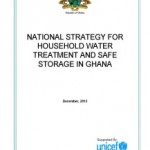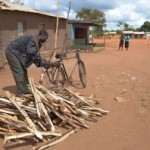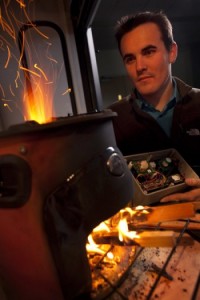AIDS. 2013 Jan 16.
Evaluation of impact of long-lasting insecticide-treated bed nets and point-of-use water filters on HIV-1 disease progression in Kenya.
Walson JL, Sangaré LR, Singa BO, Naulikha JM, Piper BK, Yuhas K, Onchiri FM, Otieno PA, Mermin J, Zeh C, Richardson BA, John-Stewart G.
OBJECTIVES:: Among HIV-1 infected individuals in Africa, co-infection with malaria and diarrheal disease may be associated with more rapid HIV-1 disease progression. We sought to determine whether the use of long-lasting insecticide-treated bed nets and simple point-of-use water filters can delay HIV-1 disease progression.
DESIGN:: Prospective cohort study.
SETTING:: Two HIV Care Sites in Kenya. PARTICIPANTS:: HIV-1 infected adults not yet meeting criteria for antiretroviral therapy.
INTERVENTIONS:: One group received the standard of care, while the other received long-lasting insecticide-treated bed nets and water filters. Individuals were followed for up to 24 months.
MAIN OUTCOME MEASURES:: The primary outcome measures were time to CD4 count <350 cells/mm and a composite endpoint of time to CD4 <350 cells/mm and non-traumatic death. Time to disease progression was compared using Cox proportional hazards regression. RESULTS:: Of 589 individuals included, 361 received the intervention and 228 served as controls. Median baseline CD4 counts were similar (p = 0.36). After controlling for baseline CD4 count, individuals receiving the intervention were 27% less likely to reach the endpoint of a CD4 count <350 cells/mm (HR: 0.73; 95% CI: 0.57-0.95). CD4 decline was also significantly less in the intervention group (-54 vs. -70 cells/mm/year, p = 0.03). In addition, the incidence of malaria and diarrhea were significantly lower in the intervention group.
CONCLUSIONS:: Provision of a long-lasting insecticide-treated bed net and water filter was associated with a delay in CD4 decline and may be a simple, practical, and cost-effective strategy to delay HIV-1 progression in many resource-limited settings.






